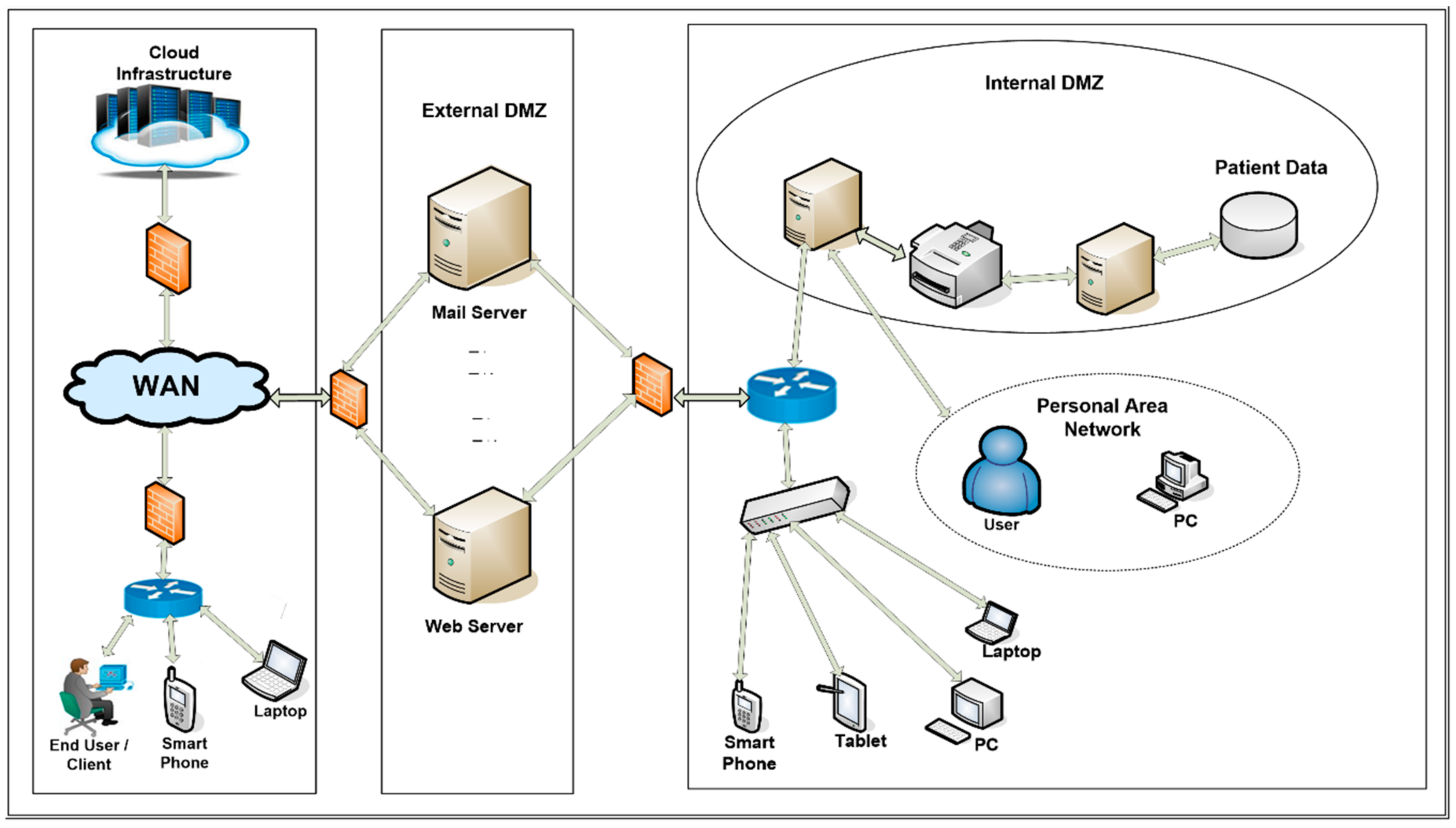
Table of Contents
- 1 Key Takeaways
- 2 The Growing Need for Reliable Data Protection
- 3 Elements of an Effective Disaster Recovery Plan
- 4 What Drives the Urgency for Backups?
- 5 Practical Steps to Protect Your Organization’s Data
- 6 Training: The Overlooked Link in Data Protection
- 7 Cloud Backups and On-Site Solutions: Striking the Right Balance
- 8 Learning from Recent Incidents
Key Takeaways
- Data protection should be a top priority to guard against business disruption, data breaches, and catastrophic loss.
- Combining disciplined backups, robust disaster recovery plans, and comprehensive staff training creates a resilient security framework.
- Proactive preparation is the only defense against both unpredictable cyber threats and sudden natural disasters.
- Updating strategies is essential as technology, regulations, and threats continue to evolve.
The Growing Need for Reliable Data Protection
Data forms the foundation of every successful organization, powering everything from day-to-day decisions to long-term innovations and strategic planning. However, in a hyper-connected marketplace, threats to critical files are becoming more frequent and sophisticated. Over the last decade, both small businesses and large enterprises have suffered significant losses due to hacking, system failures, and natural disasters, with the true cost often exceeding millions of dollars, encompassing downtime, lost business, legal penalties, and damaged reputations.
Given the stakes, choosing an effective recovery solution is now a necessity, not an option. Modern IT ecosystems are layered, with software, hardware, and cloud infrastructure all connected. A single breakdown or successful ransomware attack in one part of your network can disrupt everything else, a “domino effect” of failures that can leave teams scrambling. According to research highlighted by a cybersecurity awareness program by CISA, companies that create strong contingency plans, implement regular backups, and test their recovery practices face significantly fewer disruptions when faced with a crisis. Preparing in advance is the best way to guarantee a quick and confident response when the unexpected occurs.
Elements of an Effective Disaster Recovery Plan
Having a library of backups is only valuable if there’s a clear, actionable process for restoring them quickly. A disaster recovery plan (DRP) is a living document that details exactly who is responsible for what, when, and how before, during, and after a data loss event. Well-designed plans clarify roles across IT, management, and communications teams. They outline which systems receive priority, provide checklists for containment and restoration, and establish communication protocols to keep stakeholders, partners, and customers informed as needed.
The most effective disaster recovery plans (DRPs) are periodically tested through “fire drills” and reviewed for gaps, especially as businesses adopt new platforms or expand their operations. Testing plans under controlled circumstances helps pinpoint vulnerabilities or outdated steps, ensuring that if a true incident occurs, the response will be swift and decisive. Regulatory standards in many industries now require written disaster recovery and business continuity policies, another reminder that protecting data is no longer optional, but obligatory.
What Drives the Urgency for Backups?
Data loss is unpredictable. Threats include ransomware, malware, employee errors, accidental deletions, and minor hardware issues. Natural disasters, such as hurricanes, fires, and floods, exacerbated by climate change, can destroy entire server rooms or corporate offices. The World Economic Forum reports that cyberattacks now rank alongside traditional business risks, such as supply chain issues and regulatory changes, making resilient data storage a fundamental business necessity, not just an IT concern.
Consistent backups are essential for resilient data management. Automating backups, sometimes on an hourly basis for critical data, enables organizations to recover from almost any challenge, whether it’s a phishing attack or network failure. When incidents occur, having a verified backup significantly reduces downtime and financial losses and reassures clients that their data is secure. In essence, regularly backed-up data is always accessible, regardless of the crisis.
Practical Steps to Protect Your Organization’s Data
- Automate backups: Repetitive manual backups can easily be overlooked or improperly executed. Automating the process ensures consistency and reliability, thereby minimizing risks associated with human error.
- Use offsite and cloud storage: Relying solely on local copies puts you at risk if a flood or fire disables your main office or data center. Save versions to the cloud and, when possible, at another physical location to ensure you always have an untouched copy.
- Test and verify recoveries: A backup is only as good as your ability to restore from it. Run routine recovery tests to make sure files are intact and accessible, so there are no unpleasant surprises under pressure.
- Document recovery procedures: Clear, step-by-step documentation empowers staff to restore data quickly, even under stressful conditions or if the usual IT expert is unavailable.
- Review and refine annually: Treat your backup and recovery strategy as a dynamic process. Update policies to account for new technologies, regulatory requirements, and shifting cyber threats, ensuring nothing falls through the cracks.
Overlooking even one of these steps can leave your organization exposed. Rigid adherence to smart backup and recovery processes is a direct investment in resilience and peace of mind.
Training: The Overlooked Link in Data Protection
Technology is never foolproof, especially when the human factor is ignored. Employees remain one of the top sources of accidental data loss, often due to weak passwords, opening infected attachments, or falling victim to social engineering scams. Comprehensive ongoing training, including practical simulations of real-world attack scenarios, creates a culture of awareness and vigilance. Smart training programs empower staff to pause before clicking suspicious links or responding to unverified requests, actions that can save the company from both inconvenience and disaster.
Some businesses find sharing anonymized case studies of breaches from their industry, along with stories of successful “near misses,” keeps sessions relatable and the need for vigilance top of mind. Keeping lines of communication open so employees feel empowered to report mistakes quickly can also reduce the consequences of inevitable missteps.
Cloud Backups and On-Site Solutions: Striking the Right Balance
The decision to rely on cloud backups, on-site solutions, or a mixture of both is a critical design choice. Cloud backups, managed by trusted third-party providers, offer off-site protection from local disasters and simplify data access for remote or distributed teams. However, restoring large volumes of information from the cloud can be time-consuming if your internet connection is down or bandwidth is limited.
By contrast, local on-premise backups (such as those on internal servers or external drives) provide instant recovery and independence from network hiccups. The hybrid approach, combining both cloud and local methods, is emerging as a best practice, enabling companies to respond rapidly while maintaining redundancy in the event of a system failure. Budget, risk tolerance, and compliance pressures should guide this decision, with numerous regulatory guidelines dictating specific practices regarding redundancy and off-site storage.
Learning from Recent Incidents
Recent years highlight the necessity of thorough preparation. Businesses facing ransomware, utility failures, or severe weather conditions exhibit a stark contrast: those with solid disaster recovery plans return to normal within hours or days. In contrast, others face prolonged stress and increased costs. A primary lesson is the importance of regular drills and honest reviews. Best practices involve assessing what worked and what didn’t, then updating policies.
Use notable incidents in your sector as learning opportunities. Pose critical questions, such as, “Has our staff practiced restoring from backups? Are our instructions clear for new hires in emergencies? Are our communications prepared for quick action during service disruptions?” Transparency and adaptability are essential for long-term resilience in an unpredictable world.

